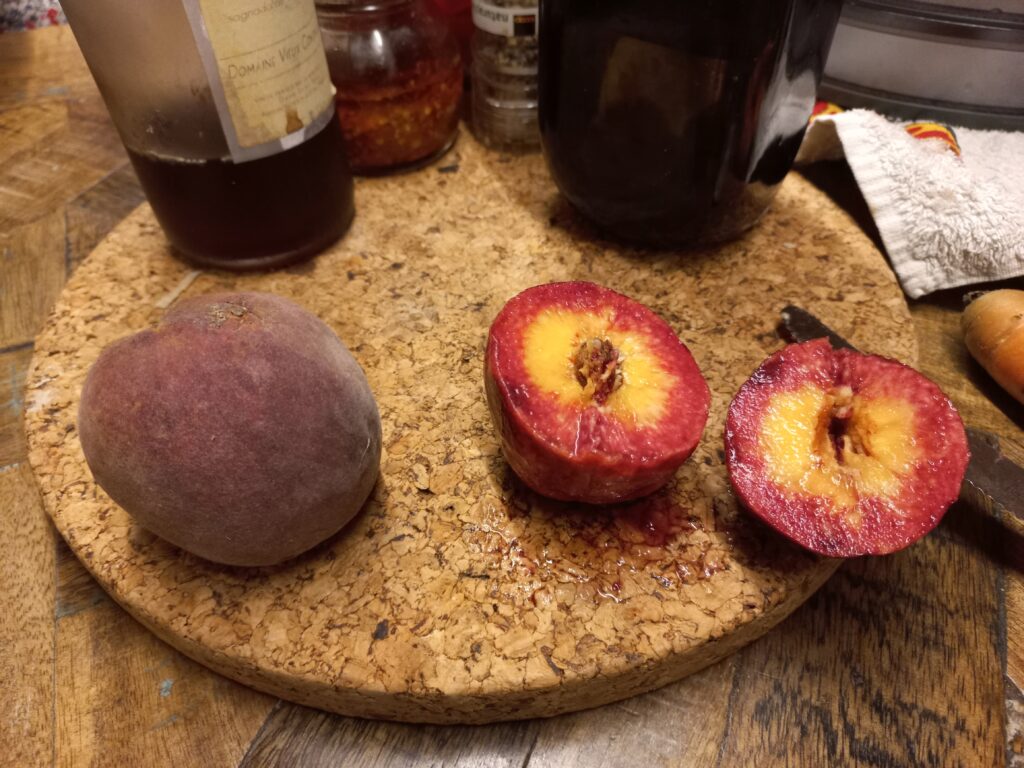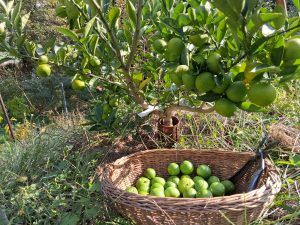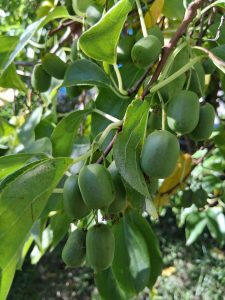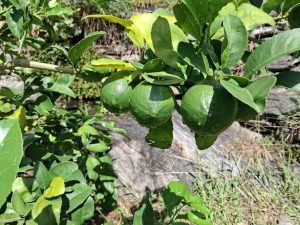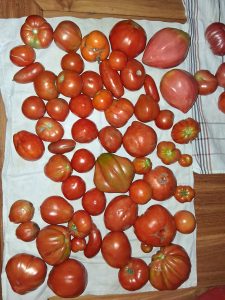Peach blight is a fungal disease that deforms leaves and can destroy fruit early.
In 2021, we planted 4 new peach trees on dwarfing rootstocks.
The following year, the blister appeared.
As we want to avoid synthetic fungicides, in 2023 we applied a garlic-based infusion in winter.

Despite the garlic treatment in winter, we can see a little blistering: pinkish-red spots, some deformed leaves.
That year, we had a lot of peaches.
But as there was still blistering, I thought the garlic wasn’t effective. So in 2024, I stopped using this treatment.
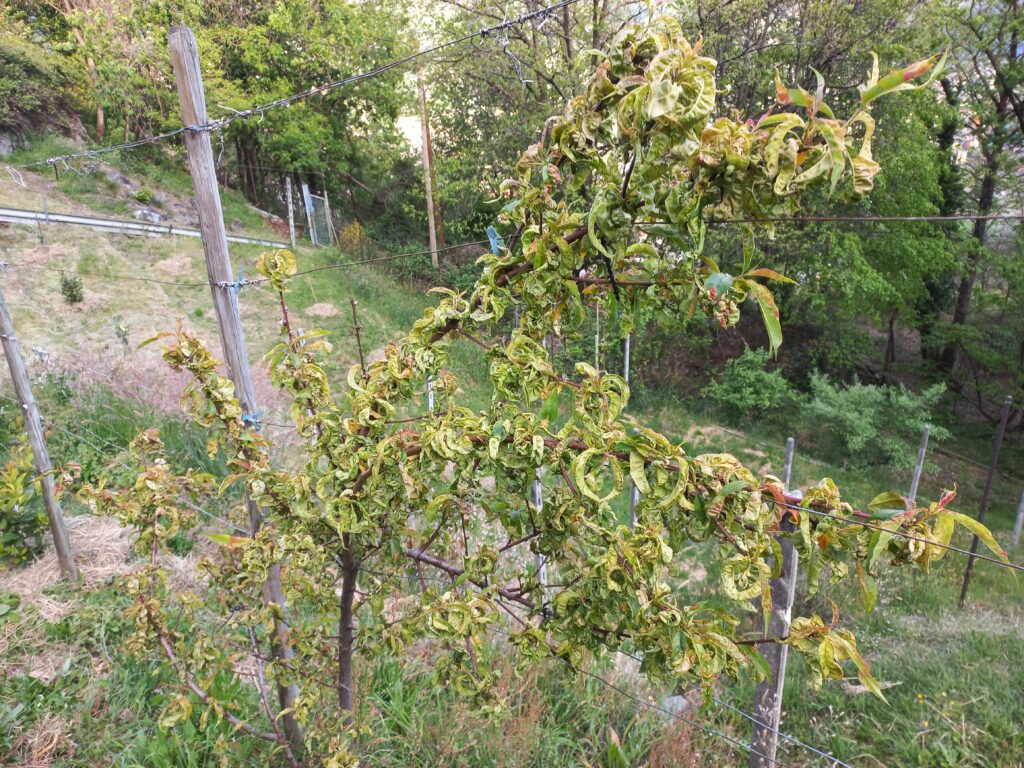
Untreated in winter, by early spring they were all covered in blisters.
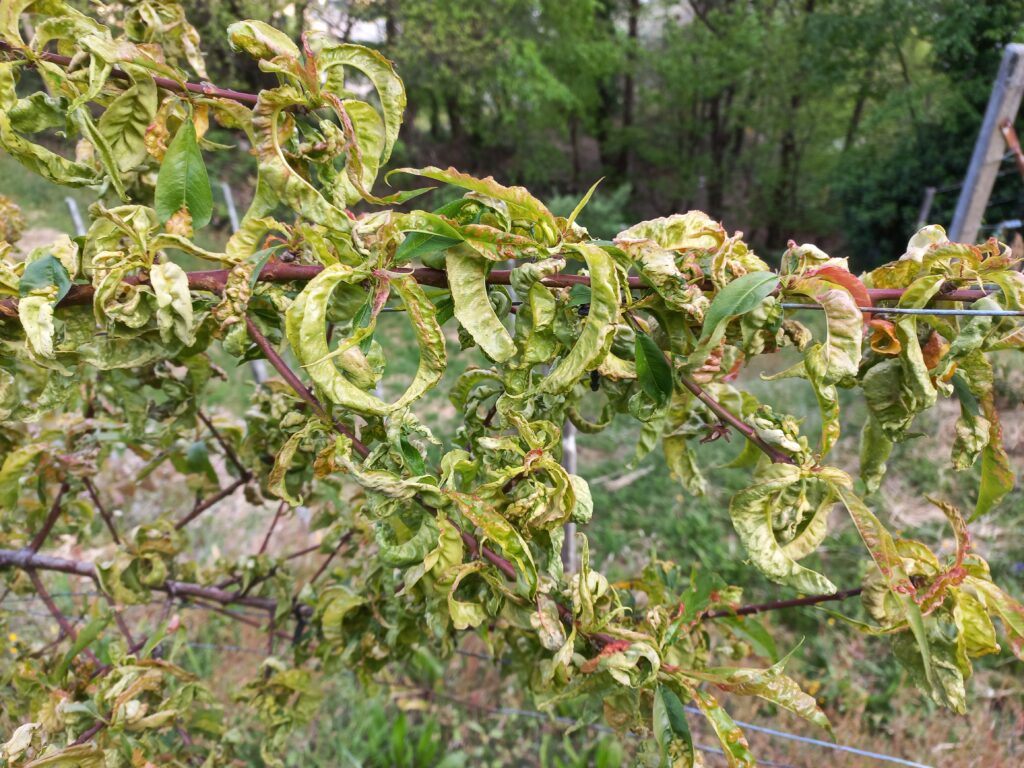
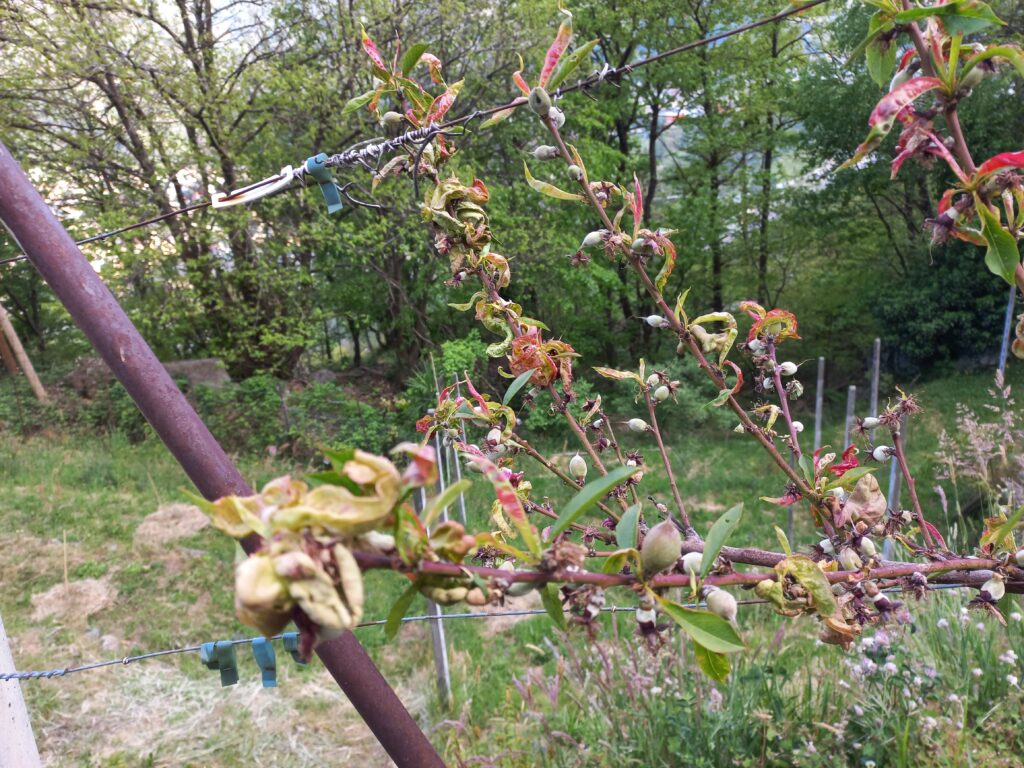
We didn’t harvest any fish in 2024.
In the light of this experience, and even if every year is different, it would seem that in the end, the garlic treatment was somewhat effective in 2023. Not absolutely effective, but significant enough to make the effort to do it again this year.
This treatment is prepared and applied in February.
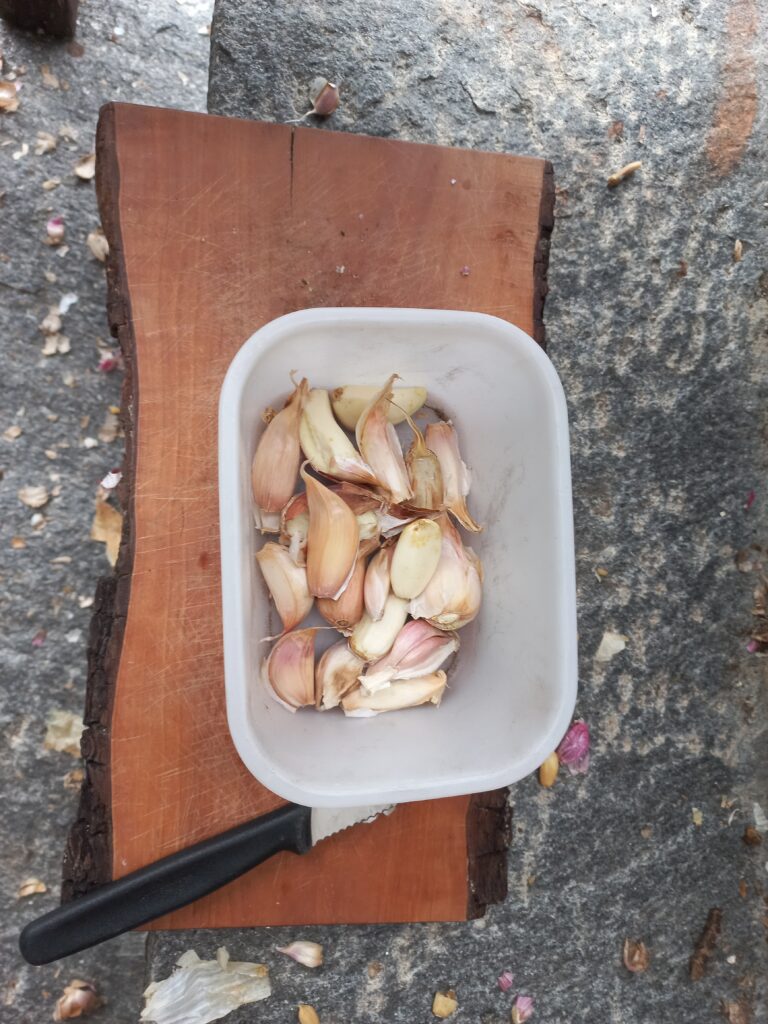
Use the lowest quality, heads that are too small, cloves that are too dry or damaged.
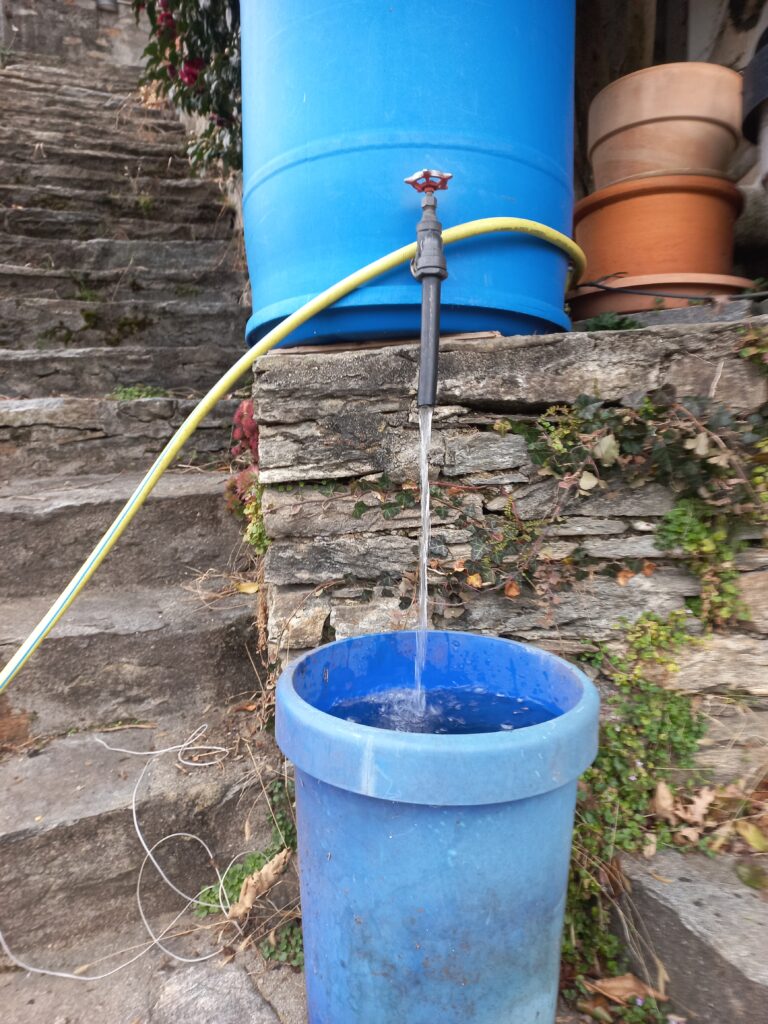
Fill a non-metallic container (wood, plastic, terracotta) with around 30 liters of rainwater.
Before filling, position the can in a sunny spot as far as possible.
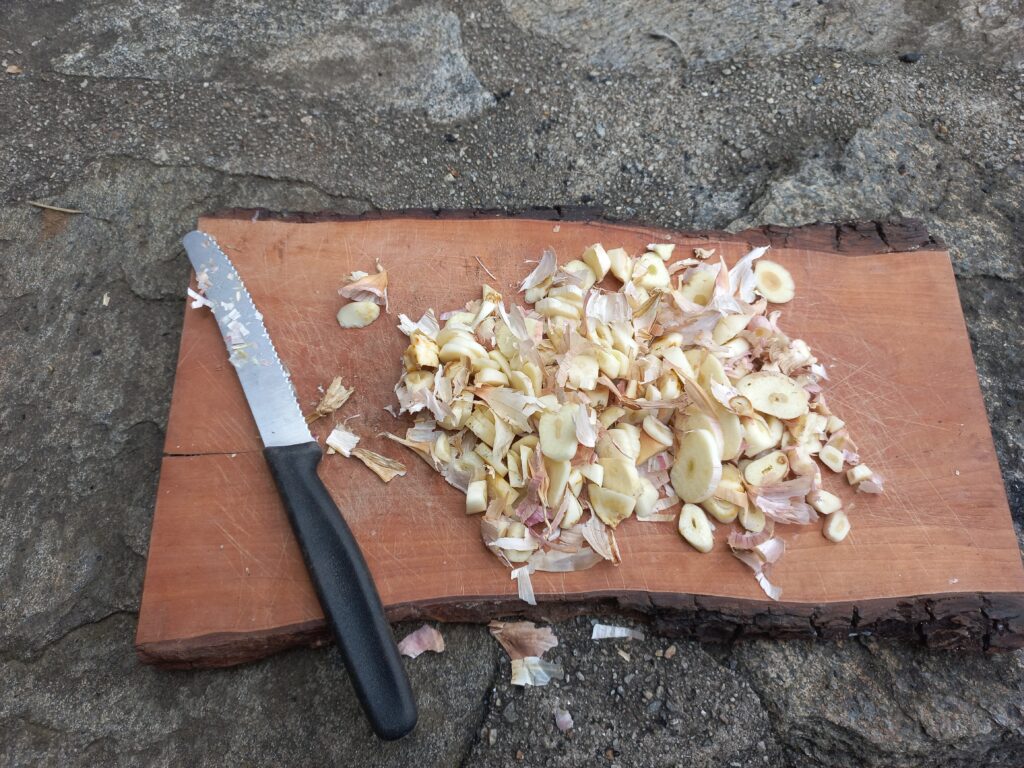
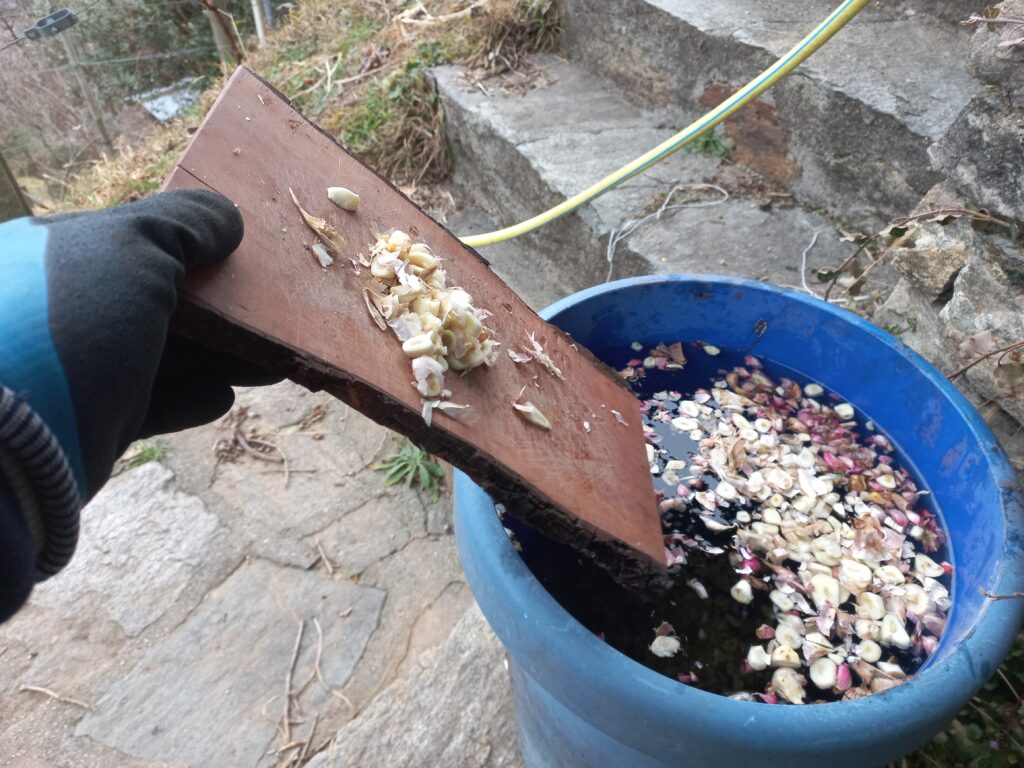
Mix with a stick and push a little to the bottom. Most of the pieces will float to the surface, but this is not a problem.
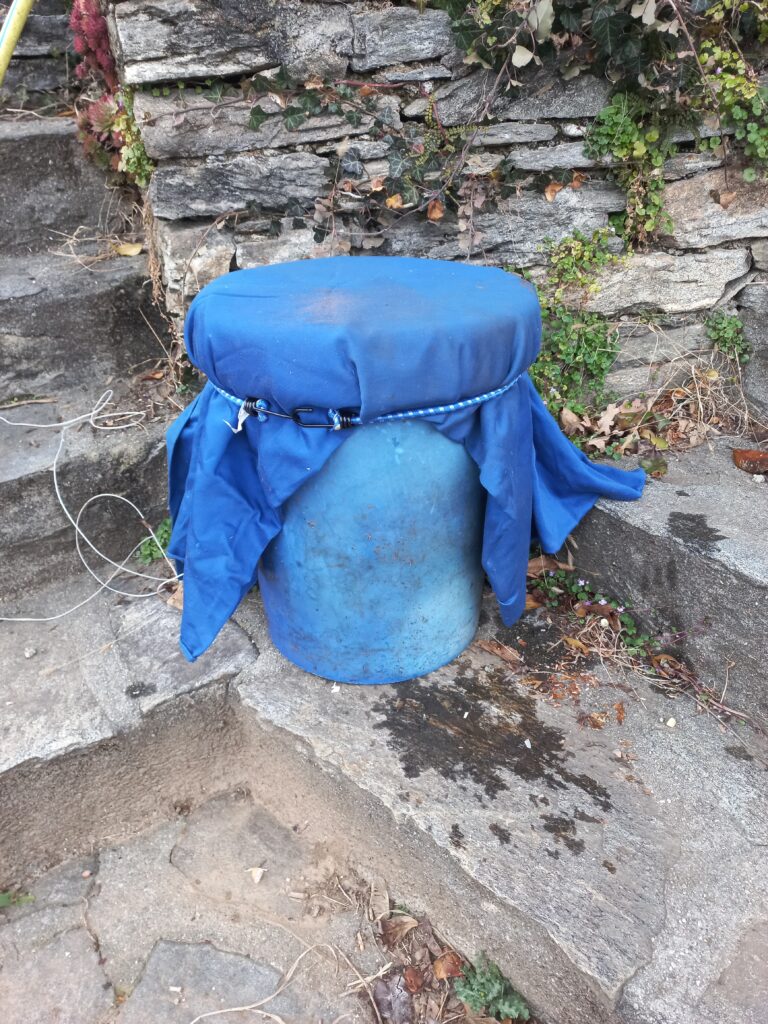
Place the can in the sun and leave to infuse, without intervention, for two to three weeks.
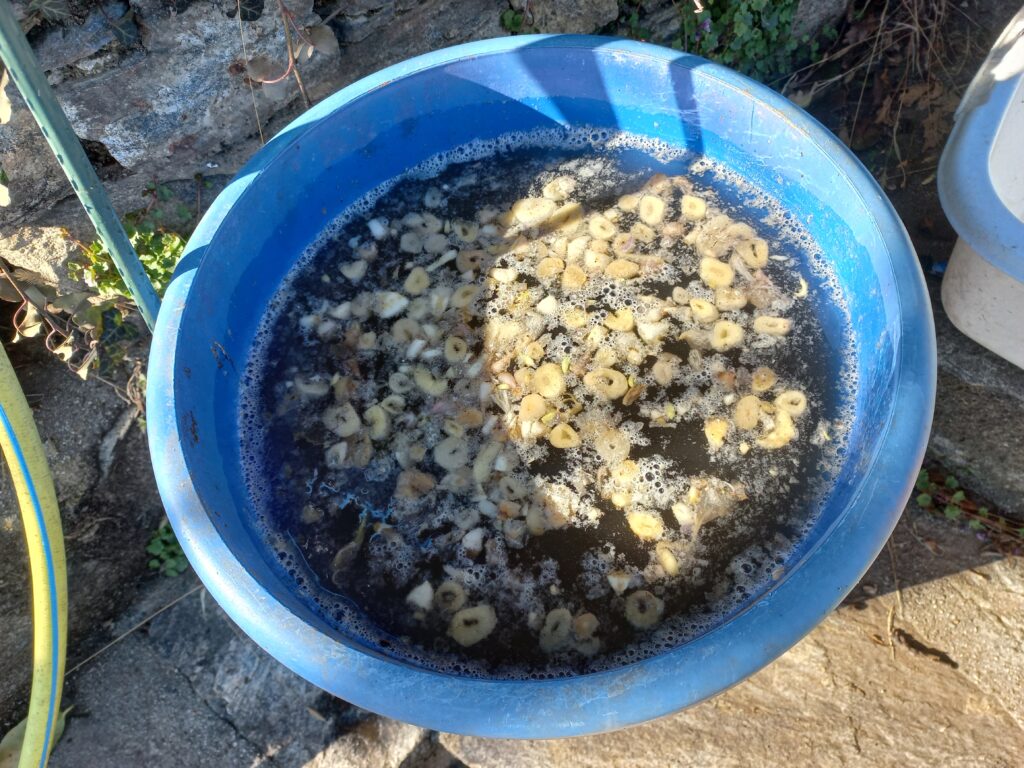
If, on removing the cover the first time, the smell of garlic isn’t particularly strong, close it all up and wait another week.
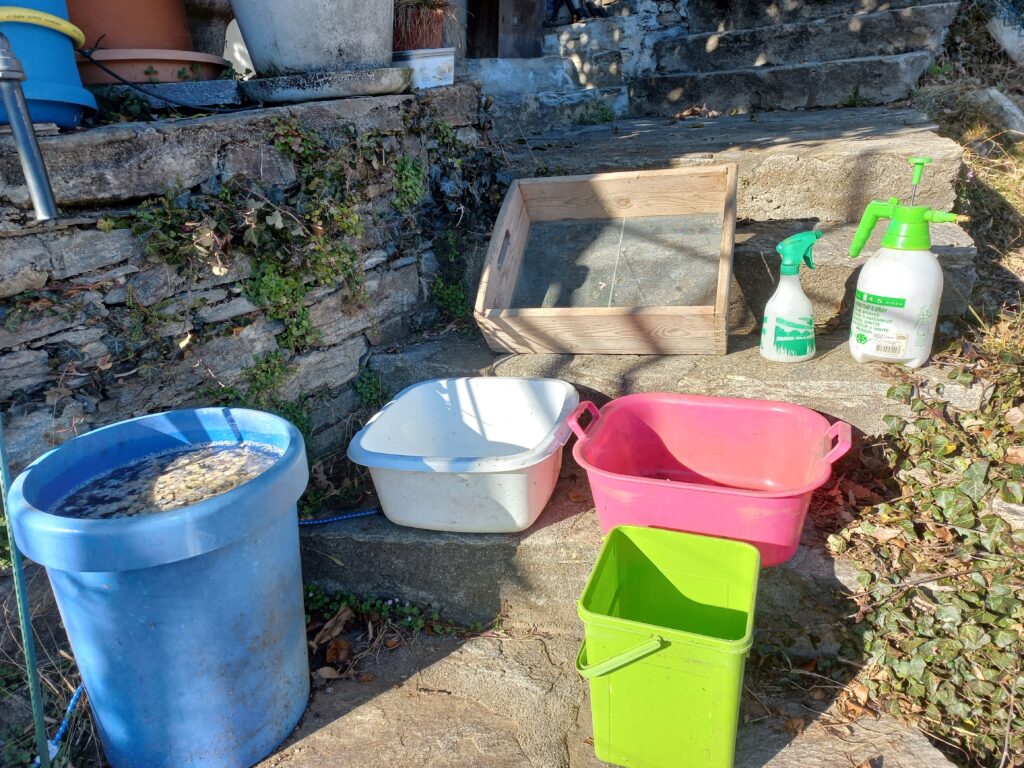

This is less practical, but you can also filter through a fine-mesh cotton or synthetic cloth.
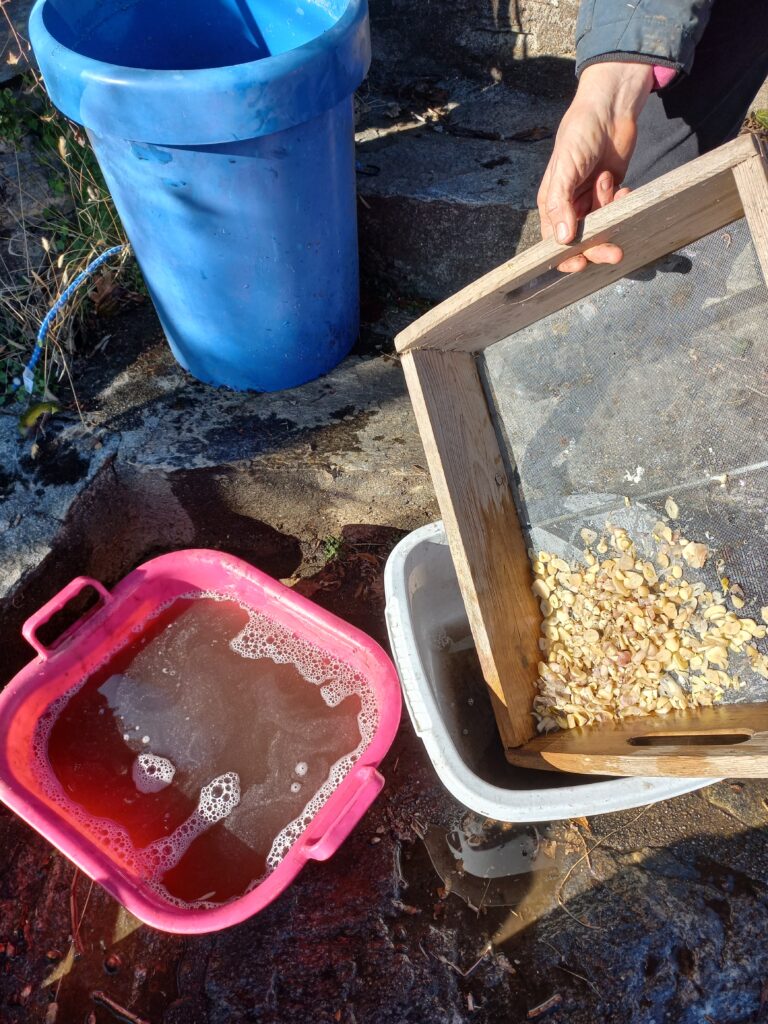
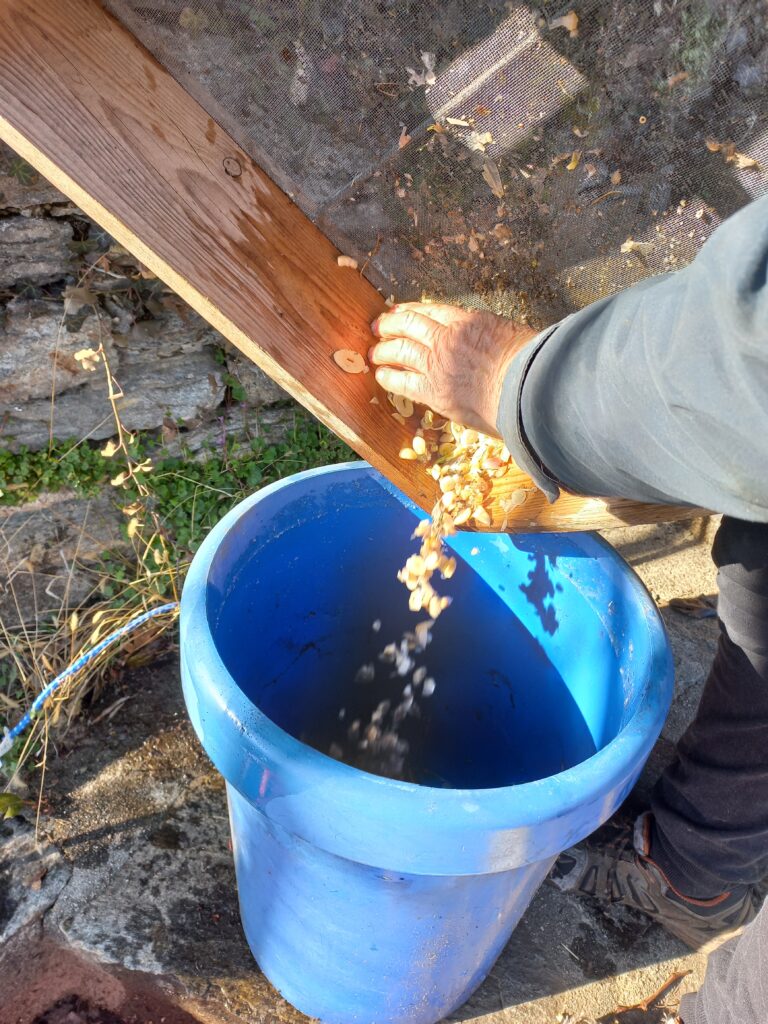
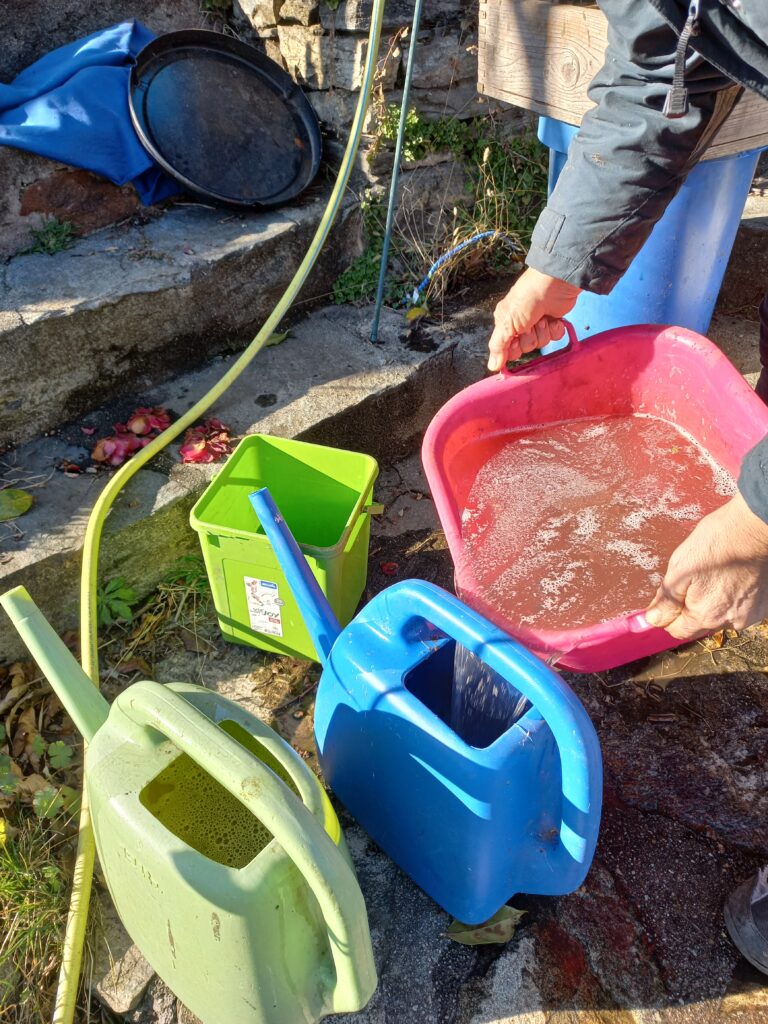
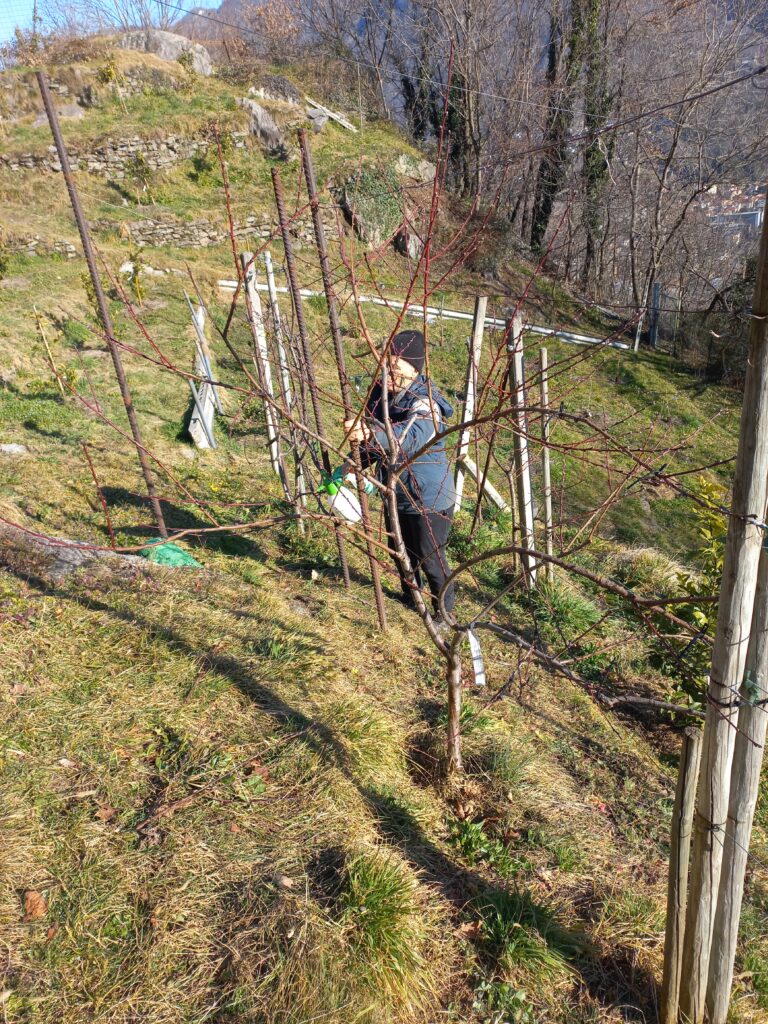
The garlic infusion is sprayed along the entire length of the branches and trunk, going over both sides.
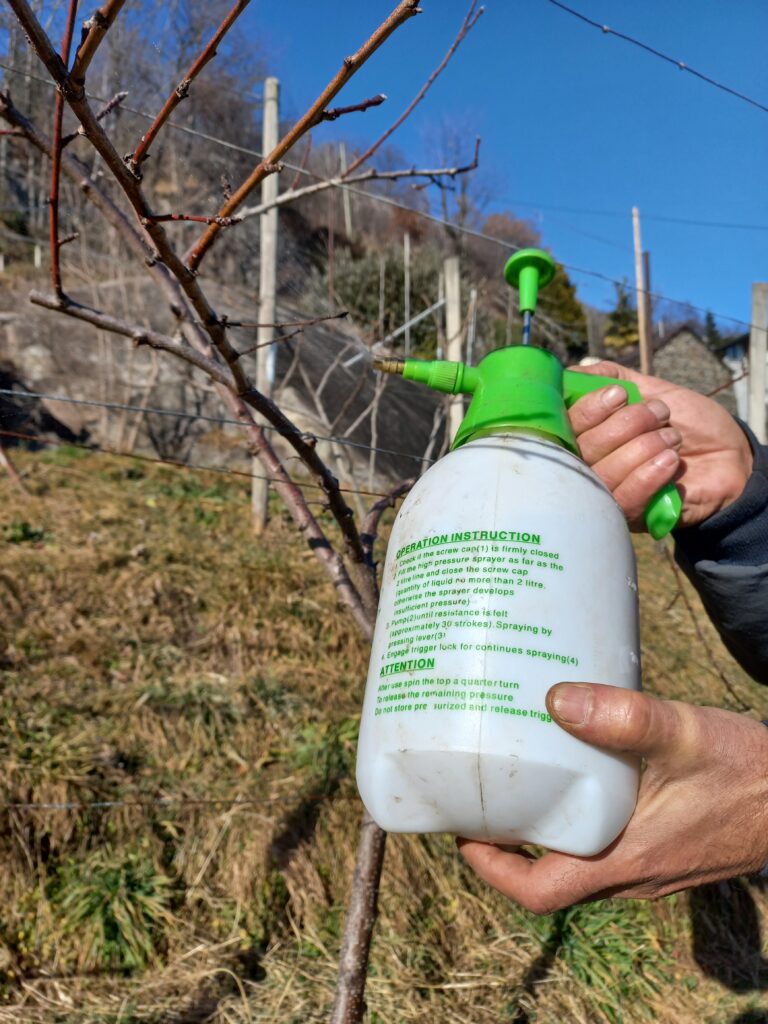
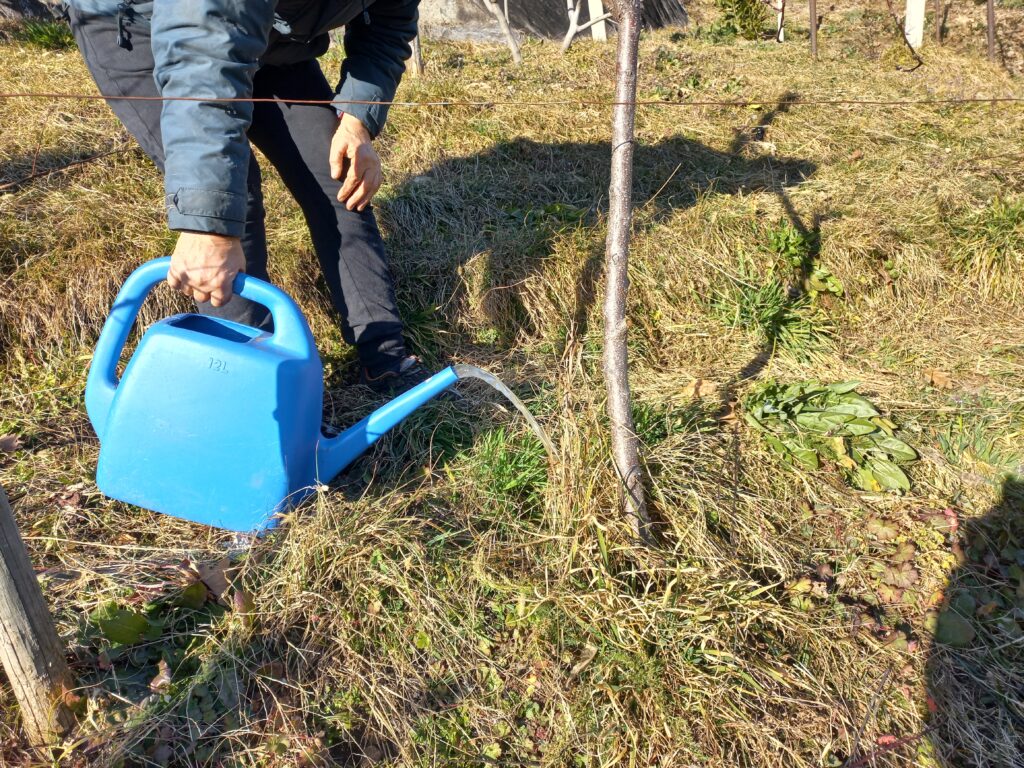
Repeat the whole operation around the beginning of March.
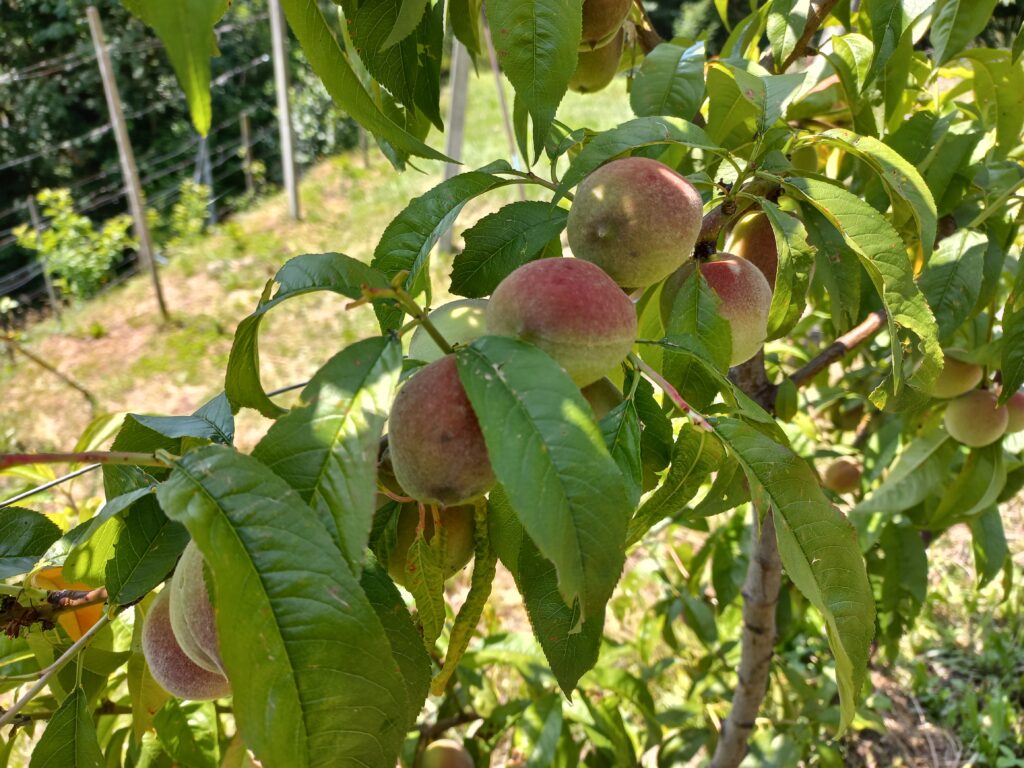
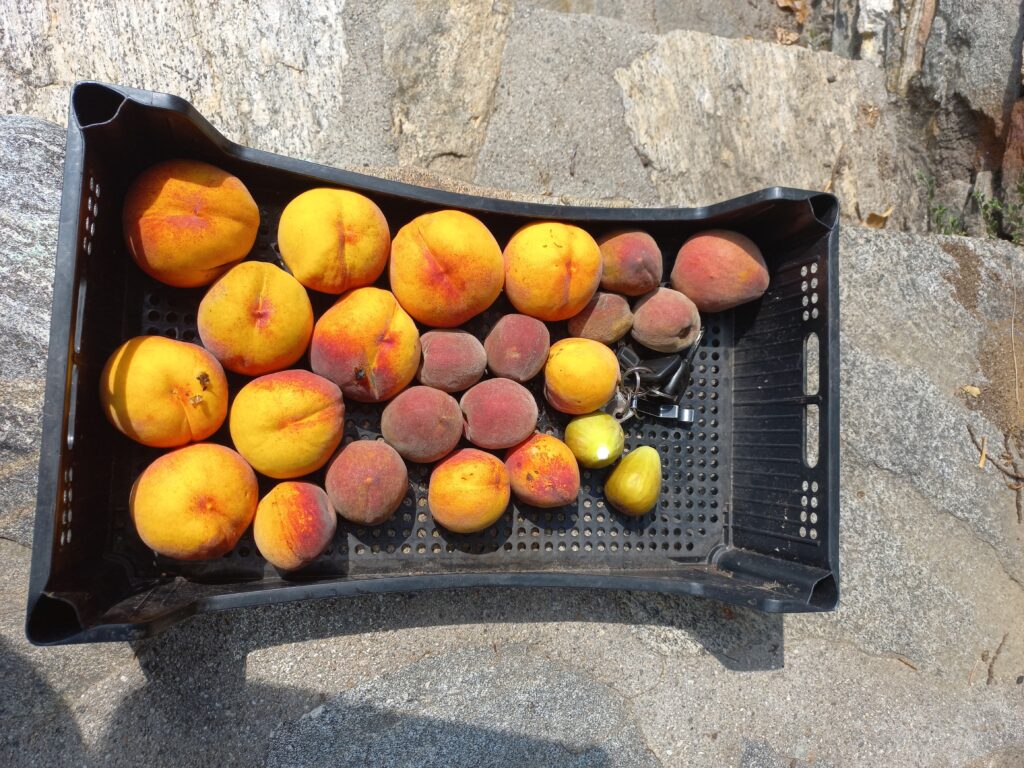
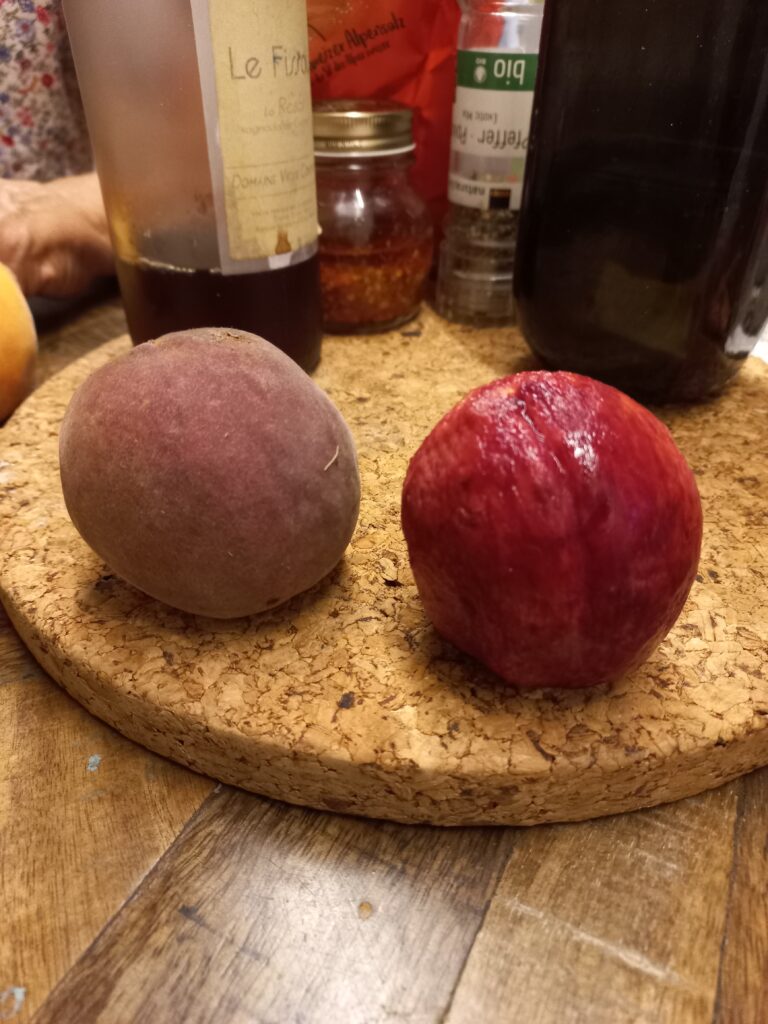
Under its thin skin, it is blood-red.
